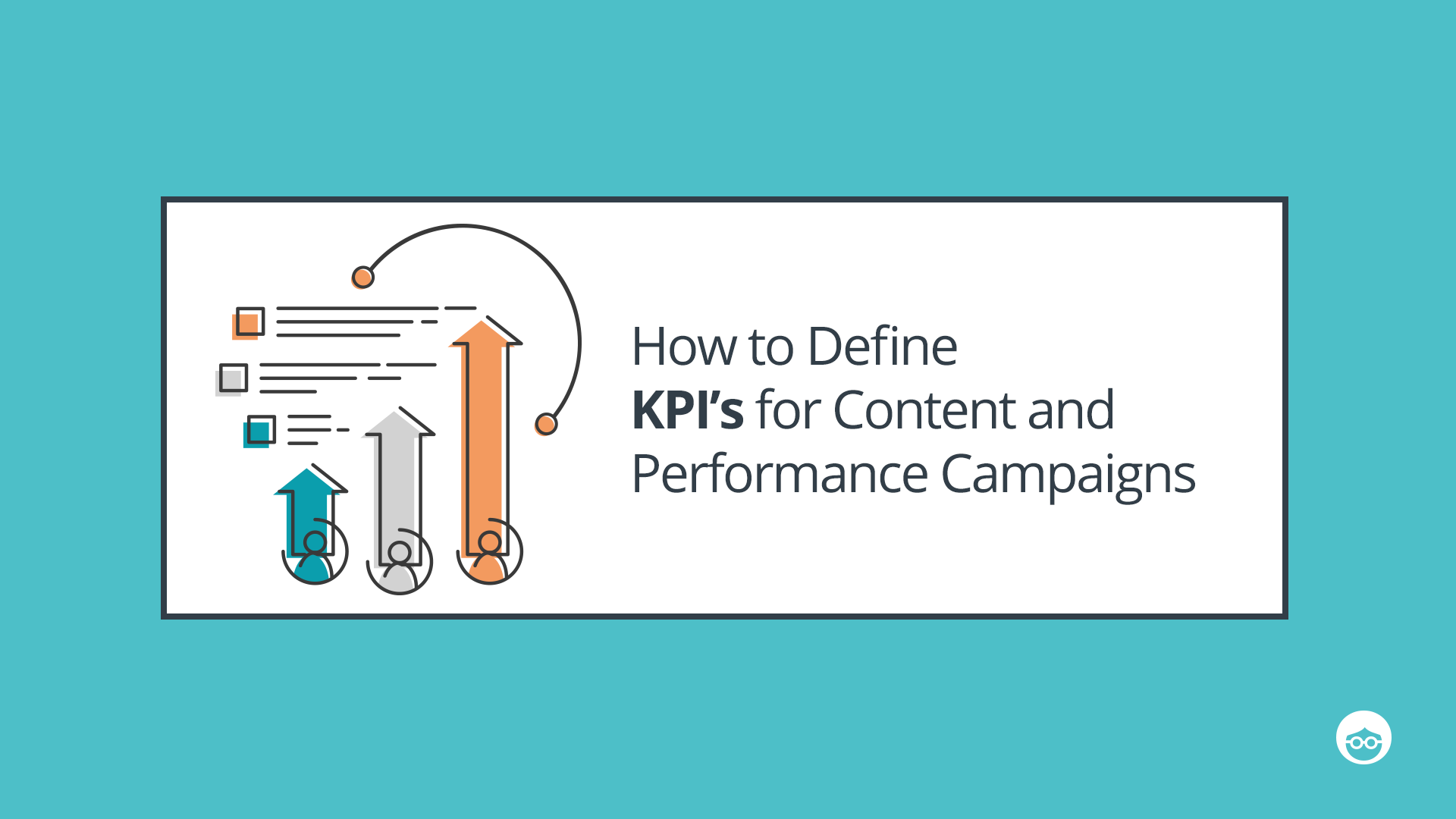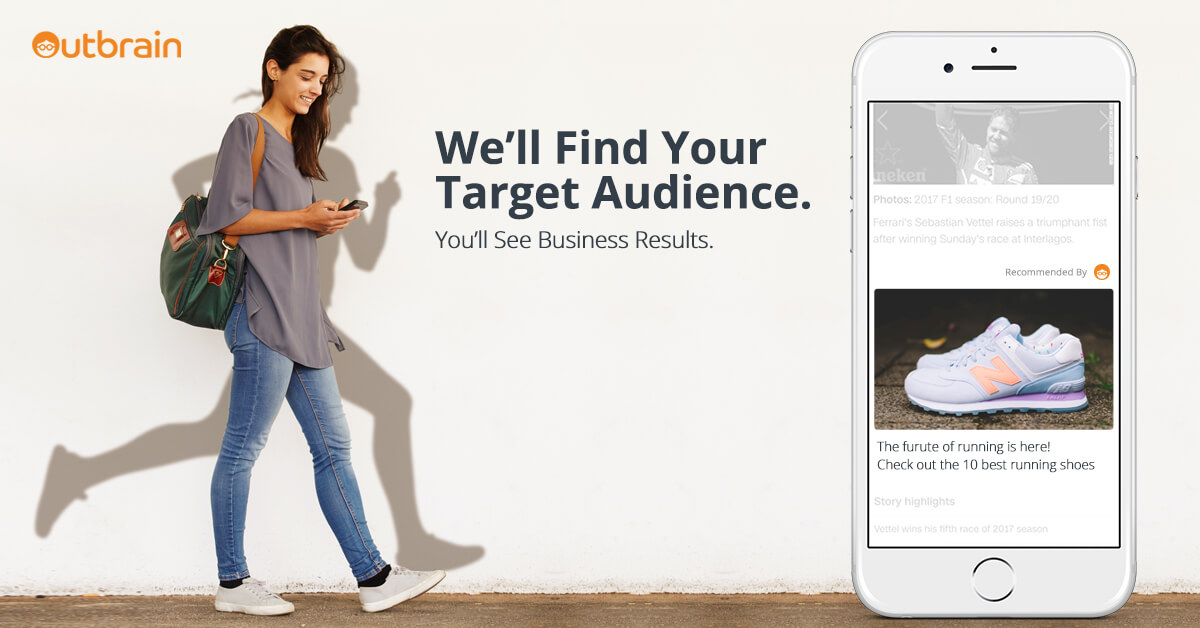4 Ideas to Consider When Setting Your Campaign KPIs

In 2018, marketers must be very efficient in their digital strategy and set clear KPIs for all of their campaigns and budgets.
While working with top brands and media agencies, I sometimes encounter misconceptions on how to define KPIs for content and performance campaigns, so here are four ideas I urge marketers to consider when launching a campaign:
- CTR is not a KPI
- From quality ads to quality content
- Awareness and equity can be a KPI
- Discovery drives results
#1 CTR is not a KPI
While we all love to see a high CTR in our campaigns, we sometimes get sidetracked by this desire. CTR—the ratio of users who click on a specific ad to the number of total impressions—is mainly an indicator of the campaign’s ability to spend budget and scale. It may also reflect on your ad (title and image) relevance and interest.
But there is a huge difference between various marketers when it comes to CTR. Coca-Cola, for example, will just about always get a much higher CTR than any SMB in the market. Therefore, marketers need to think about what will contribute most to their business rather than what will generate a higher CTR.
#2 From quality ads to quality content
If your ad gets a very high CTR, does that mean your content is interesting and relevant? Not necessarily. In reality, an interesting title or image might connect to very boring content. While your campaign results dashboard might lead you to believe that the high CTR article was the most interesting in your asset, an ad with lower CTR might actually have content that is more relevant and engaging.
By implementing Outbrain’s Multiple Conversion Pixel, you can measure mid-funnel conversation as engagement on a page (time spend, video views, etc.). For example, you can decide that when a user spend over 25 seconds on a specific content page, you will define him as a high-quality user with most lifetime value (LTV) potential. Immediately, your KPI and results become much clearer.
#3 Awareness and equity can be a KPI
One of the most popular misconceptions I encounter is that it’s almost impossible to measure top-of-the-funnel KPIs such as awareness and equity. Even if there’s not an immediate sale that you can measure in your Shopify site, it is clear that awareness and equity do lead to sales.
If you are trying to build and measure your brand equity, there are different tools you can use. Outbrain’s True Engagement Tool allows marketers to set this as a KPI with a clear measurement.
#4 Discovery drives results
If you’re a marketer looking for a bottom-of-the-funnel action such as a purchase, download or sign up, then define that as your main KPI and make sure all your campaign elements are directed at that specific KPI. Rather than creating exciting general titles that will generate lots of traffic with high CTR and low CPC, focus instead on your specific target audience to generate conversions.
If your target audience is pregnant women, for example, make sure you mention that in your title and that your image is relevant for them. Once you manage to bring your target audience to your digital asset, make sure that your UI/UX supports the main KPI you defined.
Don’t just hope the user will finish the article and then look for a way to purchase your product or sign up for more details. Instead, make sure it is very clear and simple to take the next step.
Recap
Marketers must have clearly defined KPIs for each of their campaigns, and focus on quality content and targets audiences rather than CTRs.
It is crucial to properly measure conversions and see them easily on the campaign results dashboard. To optimize the campaign by source, platform or ad, marketers must make sure Outbrain’s Multiple Conversion Pixel is implemented correctly with our chrome extension prior to launching the campaign.














